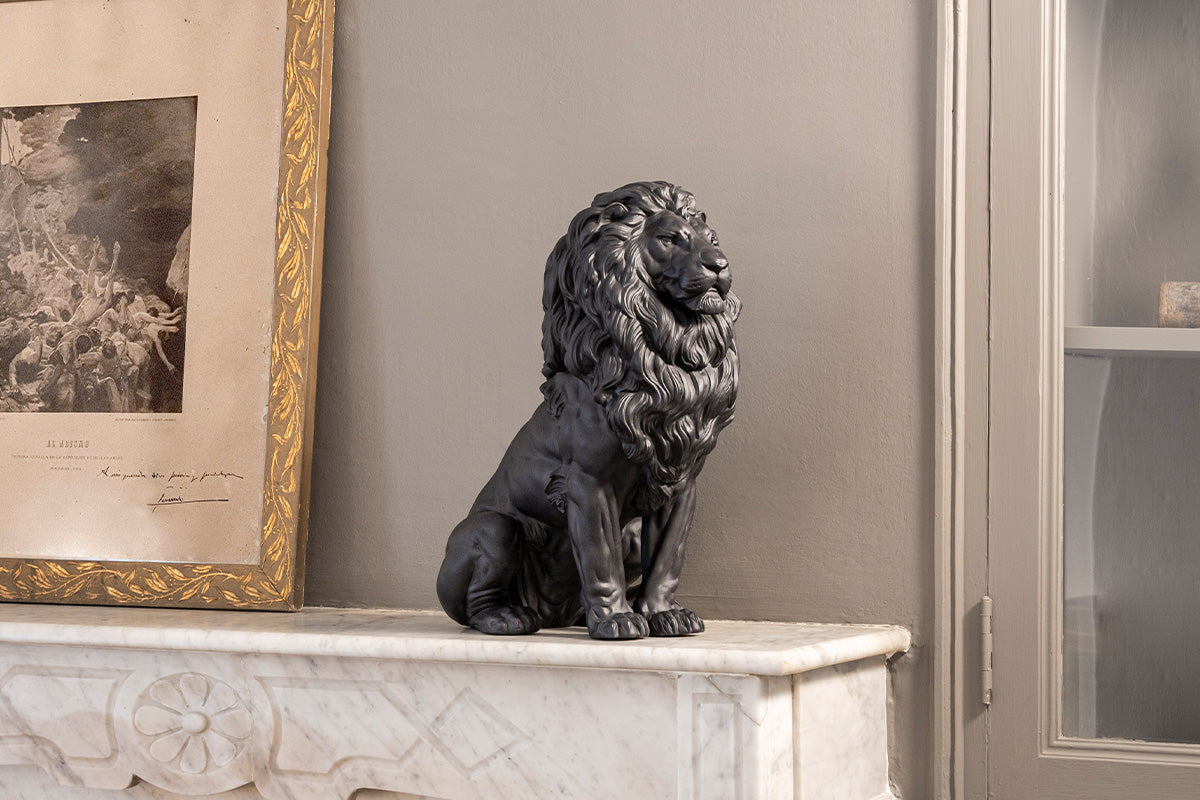The Meaning Behind the Robes of Buddhist Monks?
Share
Most of us have seen plenty of Buddhist monks walking about in our lifetimes, they are easily spotted by their bright robes in varying shades of yellow, orange and red. But have you ever stopped to wonder why these colours were chosen?

Buddha’s teachings spoke of the importance of selflessness, humility and encourage detachement from material wants and desires. The clothing of Buddhist monks around the world is a reflection of these core values Buddha taught, with simplicity and utility being some of the key influences of their robes.
Buddhist monk’s robes originated in India, which various shades of yellow and saffron were worn. The first monks were encouraged to show humility by only sourcing pre-used materials for their robes, this would often result in scraps of burial shrouds, menstrual cloth and other such scraps of cloth to make their robes. As you might imagine, this resulted in garments that were a mix of colours, as a solution, these garments were dyed using locally soured saffron to create a more uniform look. At the time, saffron would have been one of the most readily available dyes, the results of its use could be inconsistent, ranging from light yellow, orange and maroon. The whole purpose of this style of dress is to encourage humility and detachment from materialism, thus emulating the path to enlightenment that Buddha took, thus colours and style of the clothing reflect the materials in abundance in the region of each sect.
Lladró’s Sun Path Monk Sculpture that depicts a young monk walking in the breeze.
Tibetan monks are known for the deep red colour of their robes, the colour is worn by ordained monks and nuns but red is also a highly spiritual colour in Tibet. Red is the colour of all that is divine and sacred, with many temples also clad in the same red and yellow colours that monks wear. It is believed that Tibetan monks gravitated away from the saffron tones and towards red dyes because the colour was cheaper during ancient times. It is also believed that the belief in red as a sacred colour was adapted from the religion of the ancient nomadic tribes that inhabited Tibet.
We tend to expect deep and metaphorical meanings behind many of the styles of religious dress. In Buddhism for the most part, the idea is to let go of one’s vanity and concern and show their devotion to the path of enlightenment not through dress but through actions and prayer.




